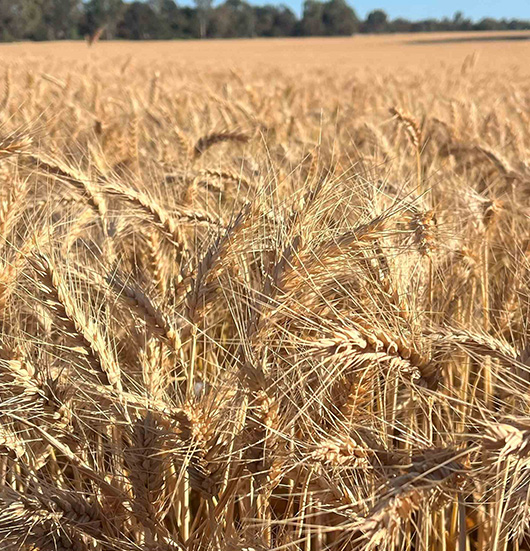Stubble Guideline 1: Managing stubble at harvest improves sowing success
Practical tips on how to prepare stubble at harvest, for ease of sowing in no-till, stubble retained systems of the Riverine Plains.

Publication date
01 Dec 2018
Publication partner
This publication was supported by the Grains Research and Development Corporation.
LEARN ABOUT MANAGING STUBBLE AT HARVEST AND HOW THIS CAN IMPROVE SOWING EFFICIENCY
Guideline #1
As part of the GRDC Stubble project, we produced a series of stubble management guidelines detailing our research findings on soils, stubble retention and sowing systems in the Riverine Plains.
This Stubble Management Guideline describes the practical steps that can be taken at harvest to improve the efficiency of sowing the next year's winter crop. We include tips on how to calculate stubble loads, describe alternative stubble management techniques to reduce the reliance on burning, and explore the effect of stubble management technique on yield.
What we discovered
Some key learnings addressed in this guideline include:
- Calculating the stubble load at harvest can help farmers support a strategic approach to managing stubble at sowing, maximising the benefits of retained stubble while minimising the challenges.
- For high-yielding crops, lowering the harvest height can reduce the overall stubble load while still maintaining the benefits of retained stubble.
- Mulching or lightly cultivating stubble soon after harvest increases the soil–stubble contact and aids stubble breakdown before sowing.
- While burning helps to reduce stubble loads at sowing, and can improve weed control and pre-emergent herbicide efficiency, it increases the risk of erosion and impacts on soil moisture retention during the summer fallow.
Learn more about techniques for managing stubble at harvest and how this can improve sowing.
NEWS
Discover unique perspectives on agriculture from across the Riverine Plains.
-
Livestock
-
People
-
Grains
-
Sustainability

